Motorized roof roller blinds are an innovative solution for modern architectural demands, offering a blend of functionality and aesthetic appeal. These blinds are designed to provide control over natural light, privacy, and insulation in a variety of spaces. With advanced motorization technology, they offer convenience and efficiency, making them an ideal choice for both residential and commercial settings.
Types and Characteristics of Motorized Roof Roller Blinds
Delving into the types of motorized roof roller blinds, we find a spectrum of products tailored for specific needs. Roller blinds are the most common, offering a sleek and simple design. Zebra blinds provide a dynamic light filtering effect with alternating sheer and opaque bands. Roman shades offer a classic look, while honeycomb blinds are known for excellent insulation properties. Fan blinds are a unique choice, adding a decorative touch with their fan-like appearance. Each type has its own set of characteristics, such as the honeycomb's air pockets, which trap air and provide superior insulation, or the zebra blind's ability to adjust light and privacy with a simple pull of the cord.
Structure and Operation of Motorized Roof Roller Blinds
The structure of motorized roof roller blinds is a marvel of modern engineering. The system typically includes a roller tube, motor, control system, and mounting brackets. The motor, which is the heart of the operation, is often a quiet and efficient tubular type, concealed within the roller tube. It connects to a control system that can be operated via remote, smartphone, or even smart home systems. The mounting brackets ensure secure attachment to the roof, whether it's for an interior or exterior installation. The blinds operate smoothly, with the motor precisely controlling the ascent and descent of the fabric.
Materials and Properties
The choice of materials for motorized roof roller blinds is critical for their performance and longevity. Polyester is favored for its strength, resistance to stretching and shrinking, and ease of cleaning. Faux wood offers the visual appeal of wood without the maintenance, and aluminum alloy provides a lightweight yet durable option. These materials are selected not only for their functional properties but also for their environmental benefits, such as eco-friendly fabrics that are recyclable and contribute to better indoor air quality.
Business Usages and Applications
In the realm of business usages, motorized roof roller blinds are invaluable in settings such as restaurants and cafes, where ambiance is key to customer experience. They are also prevalent in supermarkets and department stores to protect goods from sun damage. E-commerce stores benefit from showcasing these blinds as part of their smart home product range. In each application, the blinds contribute to energy savings, comfort, and privacy, enhancing the value proposition of the businesses that utilize them.
Functions and Tasks
The primary function of motorized roof roller blinds is to regulate light and temperature. They can be programmed to adjust according to the time of day or in response to sunlight intensity, thereby performing the task of maintaining a comfortable and consistent indoor environment without manual intervention.
Features and Unique Selling Points
The features of motorized roof roller blinds that set them apart include their seamless integration with smart home systems, allowing for voice and app control. The blinds' ability to be custom-fitted to any window shape and size is another significant advantage. Additionally, the availability of various textures, colors, and patterns enables them to complement any decor style, making them a versatile choice for any setting.
Benefits and Positive Outcomes
The benefits of installing motorized roof roller blinds are manifold. They offer enhanced energy efficiency, which translates to cost savings on energy bills. The convenience of automation adds to the quality of life, providing comfort and ease of use. For businesses, they can improve the aesthetic appeal of a space, contributing to a positive customer experience and potentially increasing foot traffic.
How to Use and Operate
Effective operation of motorized roof roller blinds involves using the remote control or smart device app to adjust the blinds' position. Users can set schedules or use sensors to automate the blinds' movements, making them a set-and-forget solution for daily light and privacy management.
How to Choose the Right Blinds
Choosing the right motorized roof roller blinds involves considering the window's size, the room's decor, and the desired level of light control. It's also important to assess the compatibility with existing smart home systems for seamless integration.
How to Clean and Maintain
Cleaning motorized roof roller blinds typically requires a gentle dusting or vacuuming with a soft brush attachment. For deeper cleans, a damp cloth can be used, taking care not to damage the motor or electronic components. Regular maintenance includes checking the batteries in the remote and ensuring the motor's components are free from dust and debris.
How to Install
Installation of motorized roof roller blinds should be carried out following the manufacturer's instructions. It usually involves mounting the brackets, inserting the roller tube, connecting the motor to the power source, and ensuring the blinds are properly aligned and operational.
Target Audience and Meeting Needs
The target audience for motorized roof roller blinds is diverse, including homeowners seeking convenience and energy efficiency, as well as businesses looking to enhance their customer experience. These blinds meet the needs of this wide audience by offering a customizable, user-friendly, and aesthetically pleasing solution for window treatments.
How do motorized roof roller blinds enhance energy efficiency?
Motorized roof roller blinds contribute significantly to energy efficiency by providing an additional layer of insulation. They help maintain indoor temperatures by reducing heat gain during summer and heat loss during winter. This thermal regulation can lead to a decrease in reliance on heating and cooling systems, ultimately resulting in lower energy consumption and costs.
What are the maintenance requirements for motorized roof roller blinds?
Maintenance of motorized roof roller blinds is straightforward due to their easy clean features. Regular dusting and occasional wiping with a damp cloth are typically sufficient to keep the blinds in pristine condition. It is important to refer to the manufacturer's guidelines for specific cleaning instructions, especially for materials like faux wood or aluminum alloy, to ensure longevity.
Are motorized roof roller blinds a suitable option for all seasons?
Yes, motorized roof roller blinds are designed for all-season use. Their material composition and operational features make them suitable for everyday use, regardless of the season. They provide sun protection during summer, insulation during winter, and can be adjusted to accommodate the changing light conditions throughout the year.


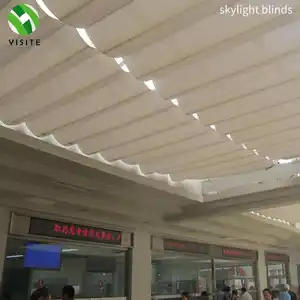



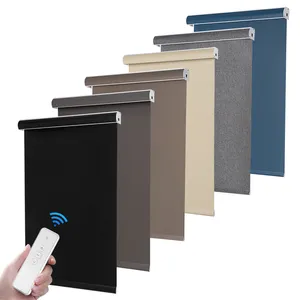



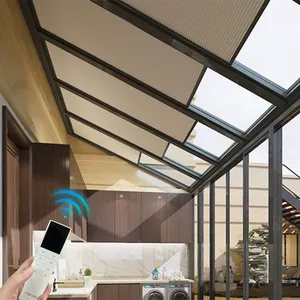

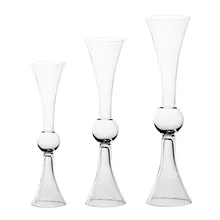





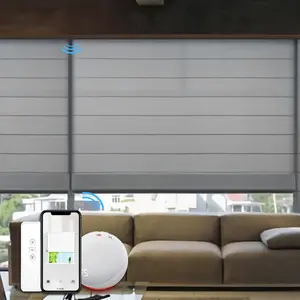
























 浙公网安备 33010002000092号
浙公网安备 33010002000092号 浙B2-20120091-4
浙B2-20120091-4